There are generally two types of Kirby games: the standard platformers where Kirby copies enemy abilities across easy-to-complete stages, and the more unique adventures that break wildly from that formula. Kirby’s Return to Dream Land has been solidly in the former camp since its original release on Wii in 2011, making its Deluxe rerelease on Switch recognizable in more ways than one. Strong platforming fundamentals, creative late-game level design, and some worthwhile new content still make it worth revisiting, but it’s a more appealing package for newcomers than those who have already gone on the original adventure.
Like those aforementioned traditional Kirby platformers, the first few worlds in Kirby’s Return to Dreamland Deluxe are so remarkably unchallenging that they strip away any sense of resistance and, frankly, fun to be had. Flashy Super Abilities, which allow Kirby to do things like roll enemies up into a giant snowball or slash a massive sword across the screen, often start as almost automated sections that require very little player input. It’s important to have games that welcome newcomers, but it takes at least a couple of hours before this adventure begins to feel even remotely interesting, regardless of if you’re playing solo or with friends.
However, once you reach that latter half of the campaign, Return to Dream Land begins to reveal what it’s really about. The platforming stages start relying upon Kirby’s copy abilities more heavily, like using the Water ability to skim across fiery blocks, or the Jump ability to soar to new heights by letting him leap vertically and knock enemies out of his way. And it does all of this while throwing increasingly difficult challenges in your path, whether those are (often repetitive) mini bosses fighting you on screens with pitfalls and other dangers in the way, or platforming challenges that have you escaping a wall of death with creative obstacles to scurry around.
The final stretch of Return to Dream Land, in particular, feels like the original developers were able to let loose with a relatively challenging (but never frustrating) conclusion that’s filled with creative levels and enemies alike. The finale in particular is a wild ride, standing tall with surprising twists and genuine challenge. In all, it took me about six hours to float through the main story of Kirby’s Return to Dream Land Deluxe, and over half of that runtime felt well worth the journey.
Then there’s the multiplayer of it all. Up to three friends can hop in and out locally at any point. They’ll play as either Meta Knight, King Dedede, or Bandana Waddle Dee, who essentially take on one distinct copy ability apiece (Sword, Hammer, and Spear, respectively) and can stack on top of each other or be carried across stages. Playing with this many players blunts some of the finer details of the level design, as it quickly becomes a chaotic game of trying to quickly clear enemies and get to the goal first – a section where you are supposed to time your movements to avoid boulders can quickly just become… run through the boulders and hope someone gets to the other side. Boss patterns can also essentially be ignored as each character pummels the enemy to oblivion. Stages in general feel designed specifically around single-player, but still work with a bigger group if that’s how you choose to play.
However, like similar multiplayer platformers, there’s plenty of fun to be had just goofing around levels with a few friends. The multiplayer is probably best served as a sort of “guardian mode” where you can have a less experienced player tag along and play with you, giving Return to Dream Land yet another way to welcome newcomers.
A Welcome Return
So that’s the original Return to Dream Land, but what the heck is new to this Deluxe version? The most obvious improvement is the graphical overhaul – outside of 2022’s Kirby and the Forgotten Land, this is easily the best Kirby has ever looked, with character models, environments, cutscenes, and everything else looking remarkably improved over the 2011 Wii original. It’s also filled to the brim with charm and small details, like cowboy Kirby walking with a bit of a strut when he’s using the Whip ability.
Then there are a few additions to the adventure itself. Three new abilities have been added for Kirby to wreak havoc with: Sand, Mecha, and Festival. Sand allows Kirby to form flurries into objects like sand castles and fists to smack opponents around with. The Mecha ability lets Kirby fly around the screen quickly, shoot off lasers, drop deadly mines, and fire rockets at foes above – it’s probably the most powerful copy ability in Return to Dream Land Deluxe, and my personal favorite. They’ve also brought the Festival ability over from Star Allies, which turns enemies on screen into point stars and health-recovering food items. They fit in so well that had I not known any better, I would have just assumed they were always in the original release as well.
In line with Return to Dream Land being an entry-level platformer, Deluxe also adds an easy mode called Helper Magolor. This character from another planet tosses Kirby helpful items (including health-doubling potions) and saves him when he falls into bottomless pits. While most people probably won’t need this mode turned on, it’s a great option for new or young gamers to help get their feet wet.
Magalor Magic
Speaking of Magolor, he’s the star of Deluxe’s single biggest addition – Magolor Epilogue: The Interdimensional Traveler. In this roughly two-hour mini adventure, you control an interplanetary character, who begins by being stripped of all of his powers, á la Metroid. But through collecting magic points across brand-new stages, you can purchase increasingly powerful abilities, like bombs you can gleefully rain down upon your enemies.
This mode starts a bit slow, with Magolor being intentionally sluggish and relatively weak, but by the end of the journey he can become a downright powerhouse. The stages themselves are about the same quality as what’s seen in the main game, with challenge levels available to unlock if you’ve already purchased their corresponding abilities. Kirby’s signature ability to copy powers is missed in this mode, but it’s fun to get a taste of what a Kirby-style platformer that unfolds with more progression would play like.
True to its name, the Magolor Epilogue can only be played after the main story is finished. Narratively this makes sense, though let’s be honest: nothing in a Kirby game’s story is particularly groundbreaking, and not letting returning players jump right into it feels a little unnecessary. Along those lines, Deluxe includes the original’s Extra Mode, which is a much more difficult version of the main story that gives Kirby less health, adds more enemies to deal with, gives bosses more challenging forms, and more. However, it also cannot be accessed until after the main mode is finished, which seems silly for a Deluxe version that plays almost identically to the original.
There’s also Arena Mode, which similarly unlocks following the main story as a boss rush of sorts to further test your skills. While those certainly pad out the overall play time, I would have preferred access to them right off the bat. New to the package is Merry Magoland, a theme park filled with “sub-games” that put you against other players. In the original Wii version, Magolor’s ship (the Lor Starcutter) housed several of these minigames, but now they also exist in this colorful area, and there are two new minigames to play around with in addition to the original eight.
The minigames themselves are well-made but relatively shallow, reminding me of the time I spent playing Pokemon Stadium’s minigames with my friends as a kid. They range from the star-throwing Ninja Dojo, where you try to hit moving targets either using button presses or motion-controlled throws with their Joy-Con, to the classic Samurai Kirby, a dueling minigame where each player attempts to slice as quickly as possible when prompted. They can all be played through in about half an hour and don’t add a huge amount of value to the package, but earning cosmetic masks through Magoland and playing with them in the main game can be a fun diversion.

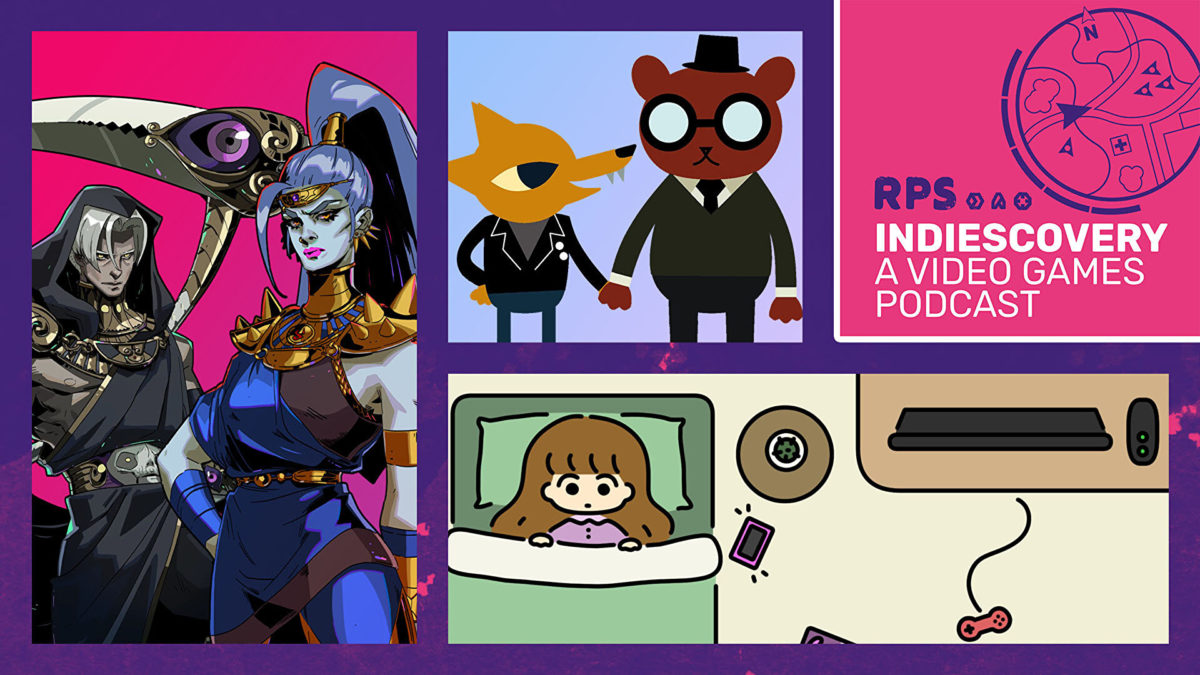
 podcast Indiescovery and this week the team got into the Valentine’s Day spirit and had a long chat about our favourite indie game romances (any excuse to gush about how hot the characters are in Hades, really). We get gabbing about our favourite game OTPs, the fabulous representation of queer romances in indies, and then finish with a cursed (not horny) Cosmo-style dating quiz.
podcast Indiescovery and this week the team got into the Valentine’s Day spirit and had a long chat about our favourite indie game romances (any excuse to gush about how hot the characters are in Hades, really). We get gabbing about our favourite game OTPs, the fabulous representation of queer romances in indies, and then finish with a cursed (not horny) Cosmo-style dating quiz.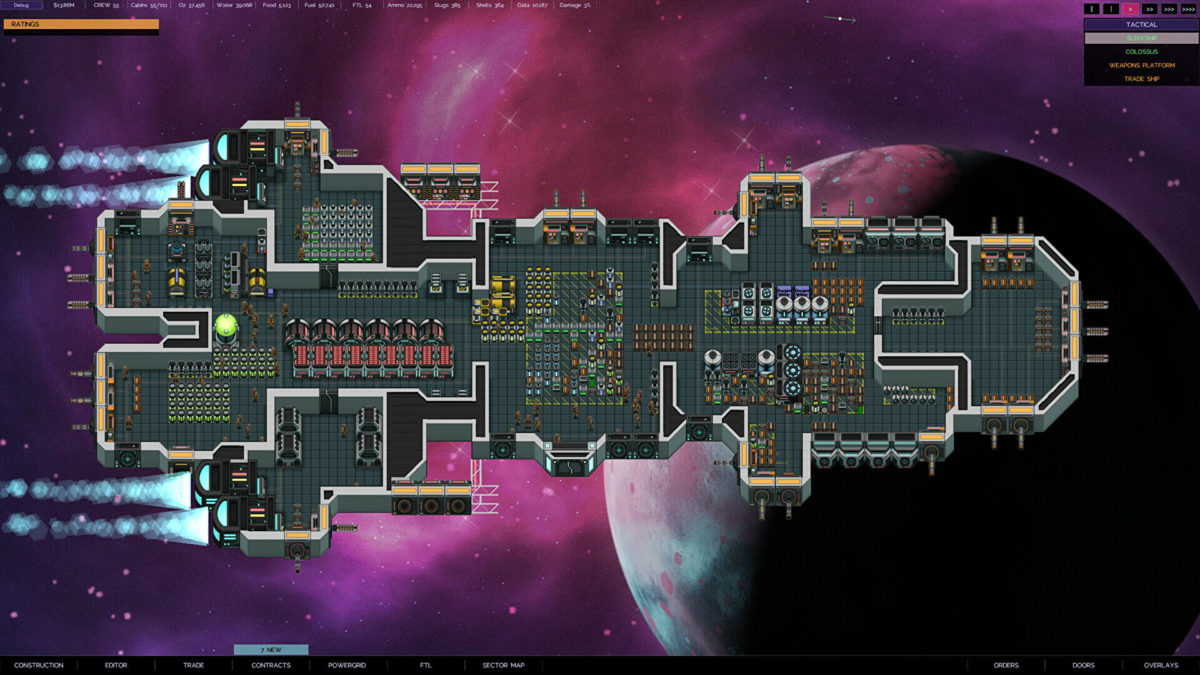
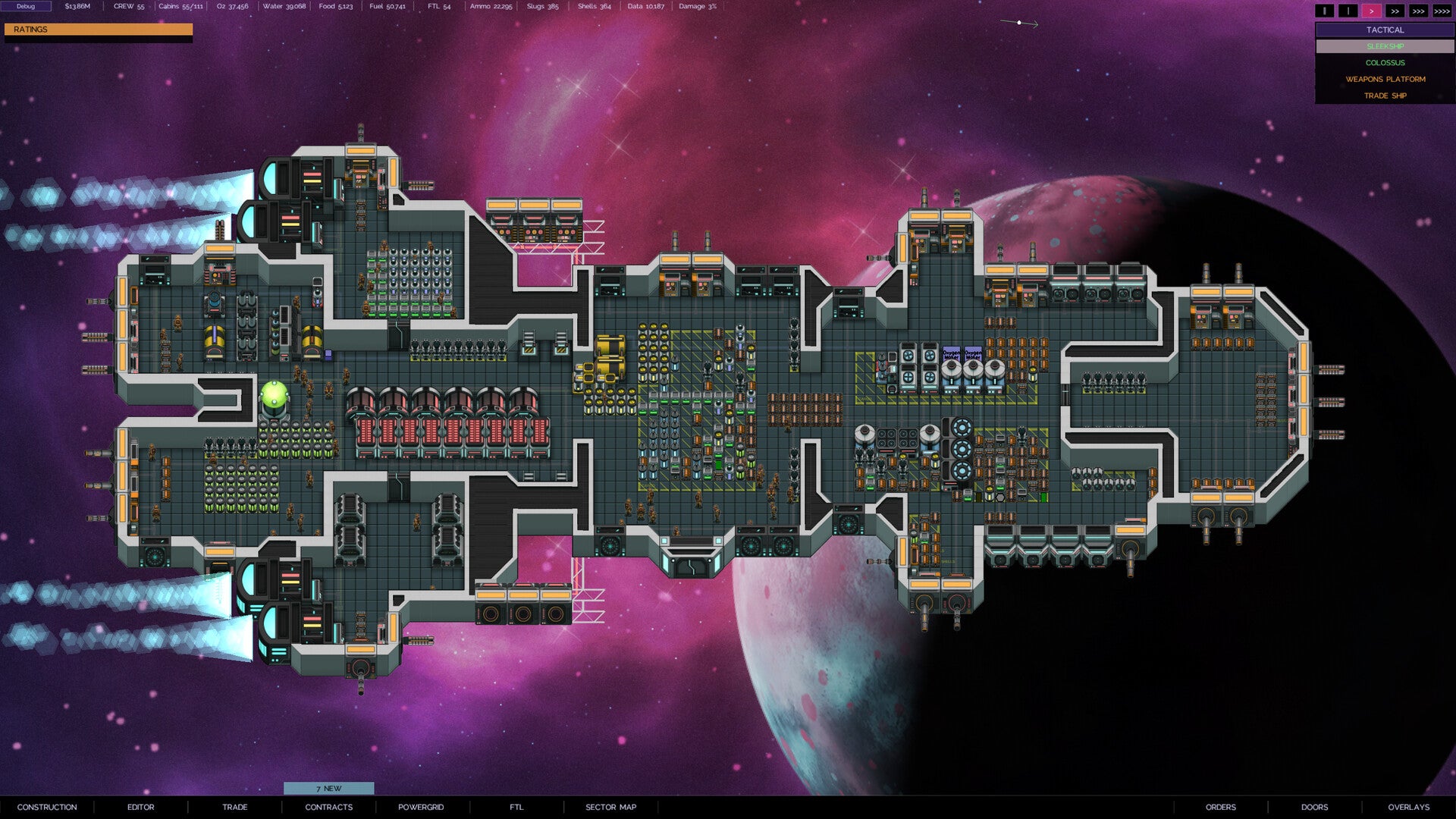 Prison Architect having a bajillion DLCs that, at this point, can add zombies, rehabilitation, or the jungle to your prison. Their new one is called
Prison Architect having a bajillion DLCs that, at this point, can add zombies, rehabilitation, or the jungle to your prison. Their new one is called 

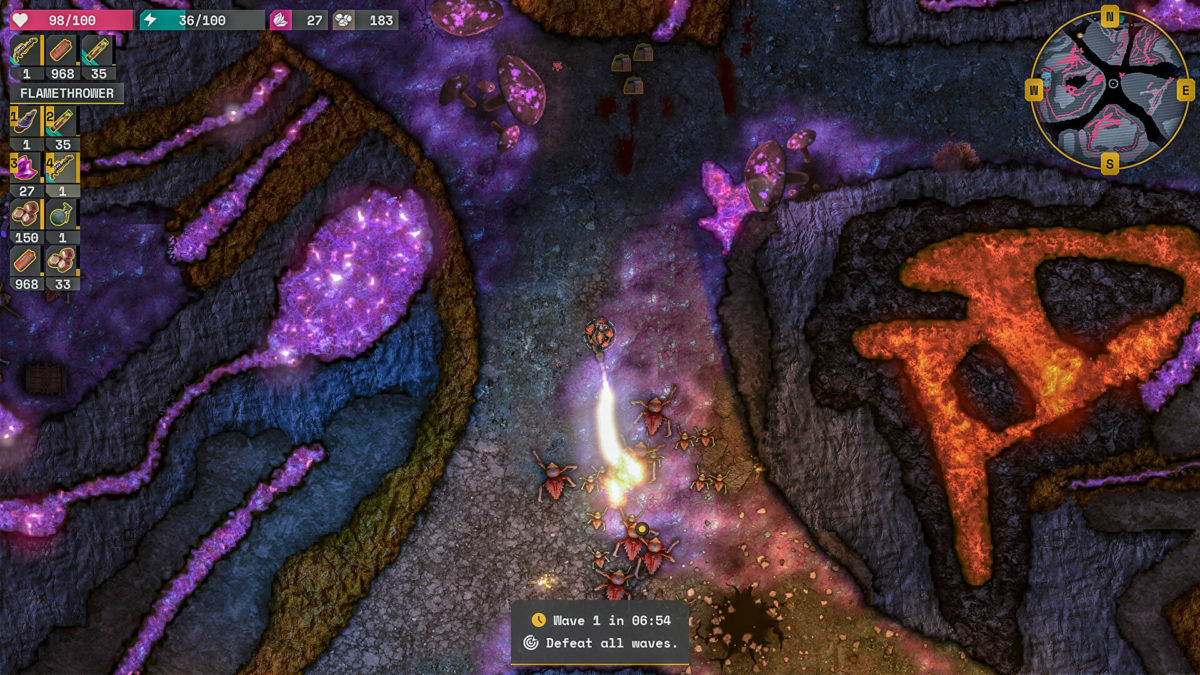
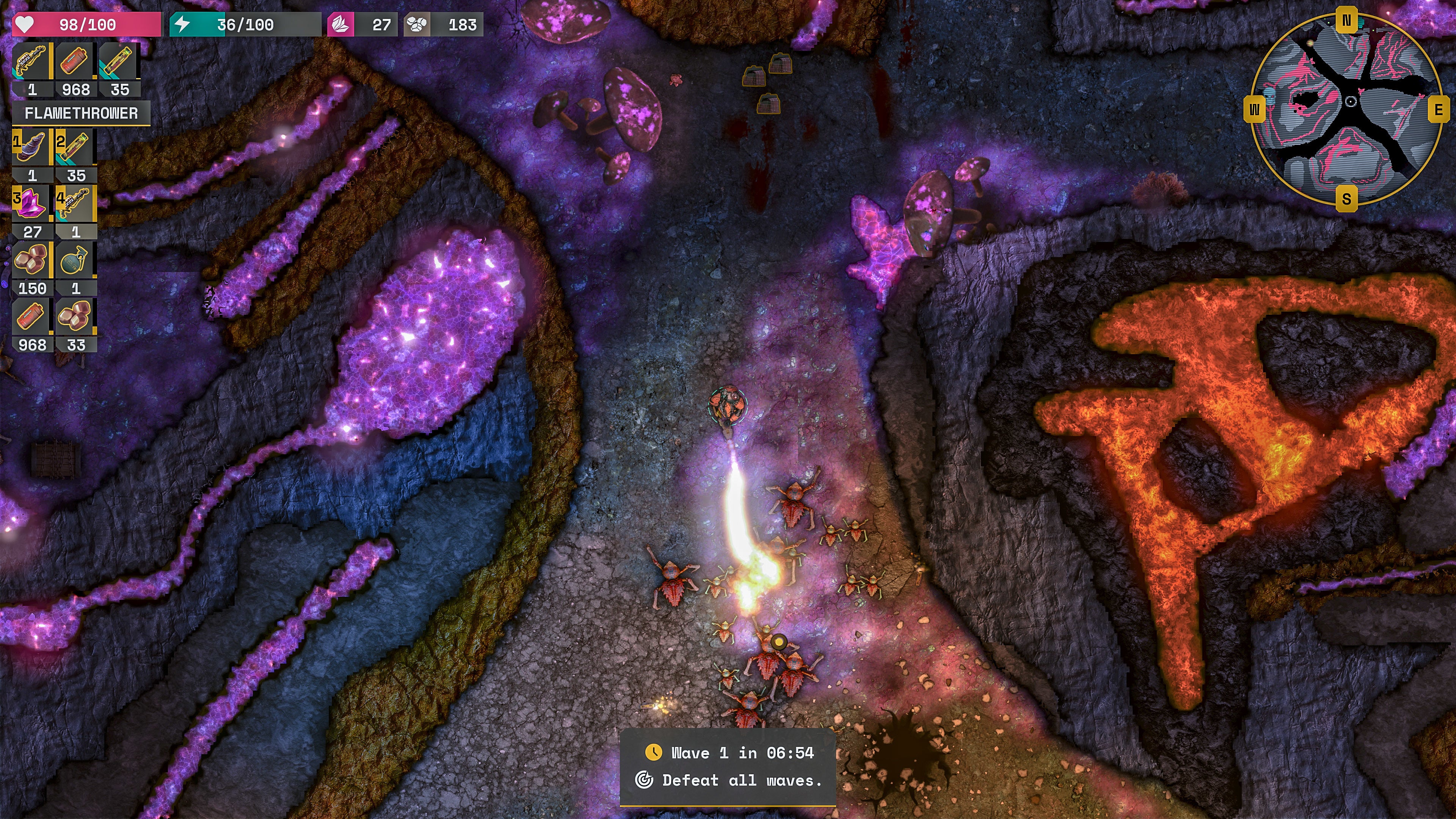 Infested Planet, a nearly 10-year-old topdown tactical shooter about holding off hordes of alien critters with turrets and careful expansion. I thought of it again while watching the trailer for Lumencraft, which seems to marry all of the above to a fully destructible world and lots more resource gathering. It’ll leave early access on February 28th.
Infested Planet, a nearly 10-year-old topdown tactical shooter about holding off hordes of alien critters with turrets and careful expansion. I thought of it again while watching the trailer for Lumencraft, which seems to marry all of the above to a fully destructible world and lots more resource gathering. It’ll leave early access on February 28th.